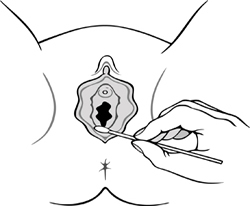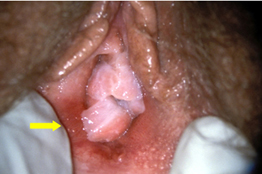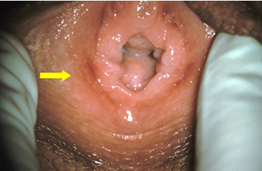Diagnosis
Diagnosis
Since vulvodynia is both a pain condition and affects the vulva, health care professionals from multiple disciplines may be involved in its treatment at different points in time. A gynecologist, urogynecologist or other provider knowledgeable about vulvodynia should perform your first examination to rule out conditions that mimic the symptoms of vulvodynia. Then, based on your symptoms, you may be referred to other specialists for continued care.
Prior to your appointment, you should consider downloading and completing the International Pelvic Pain Society’s thorough pelvic pain questionnaire. You can either fax the form to your provider prior to your appointment or bring it with you. In addition, you should bring your pain diary. You can download a pain diary here.
Co-Existing Conditions
Some women with vulvodynia also suffer from other disorders, such as interstitial cystitis (painful bladder syndrome), irritable bowel syndrome, fibromyalgia, temporomandibular joint and muscle disorders, endometriosis and/or chronic fatigue syndrome. When you are seeking care and treatment, it is important to discuss all of your symptoms/conditions with your health care provider, even if you don’t think they are related.
The NVA and five other non-profit organizations formed the Chronic Pain Research Alliance to advocate for those who suffer from more than one of the above disorders. Additional information on these conditions can be viewed at http://www.chronicpainresearch.org.


